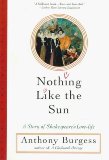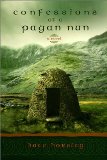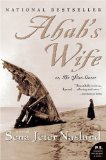Readers might recollect that I am participating in the Historical Fiction Challenge. I have a change of plans. Instead of reading Ferrol Sams’ Run with the Horsemen for the challenge, I will be reading Emily Brontë’s Wuthering Heights. It is my recollection that I didn’t finish the novel in high school, and now I would like to read it. I haven’t decided for sure, but I’m thinking of substituting Edward P. Jones’ The Known World for Jane Austen’s Northanger Abbey. Actually, I’m going to go ahead and make the substitution. I think reading Wuthering Heights and Northanger Abbey back to back will be fun.
For the record, if you’re keeping track, I have already read Confessions of a Pagan Nun by Kate Horsley and Nothing Like the Sun by Anthony Burgess. I am currently reading Wide Sargasso Sea by Jean Rhys (which I will probably finish soon). I still plan to read Jonathan Strange and Mr. Norrell by Susanna Clarke.





